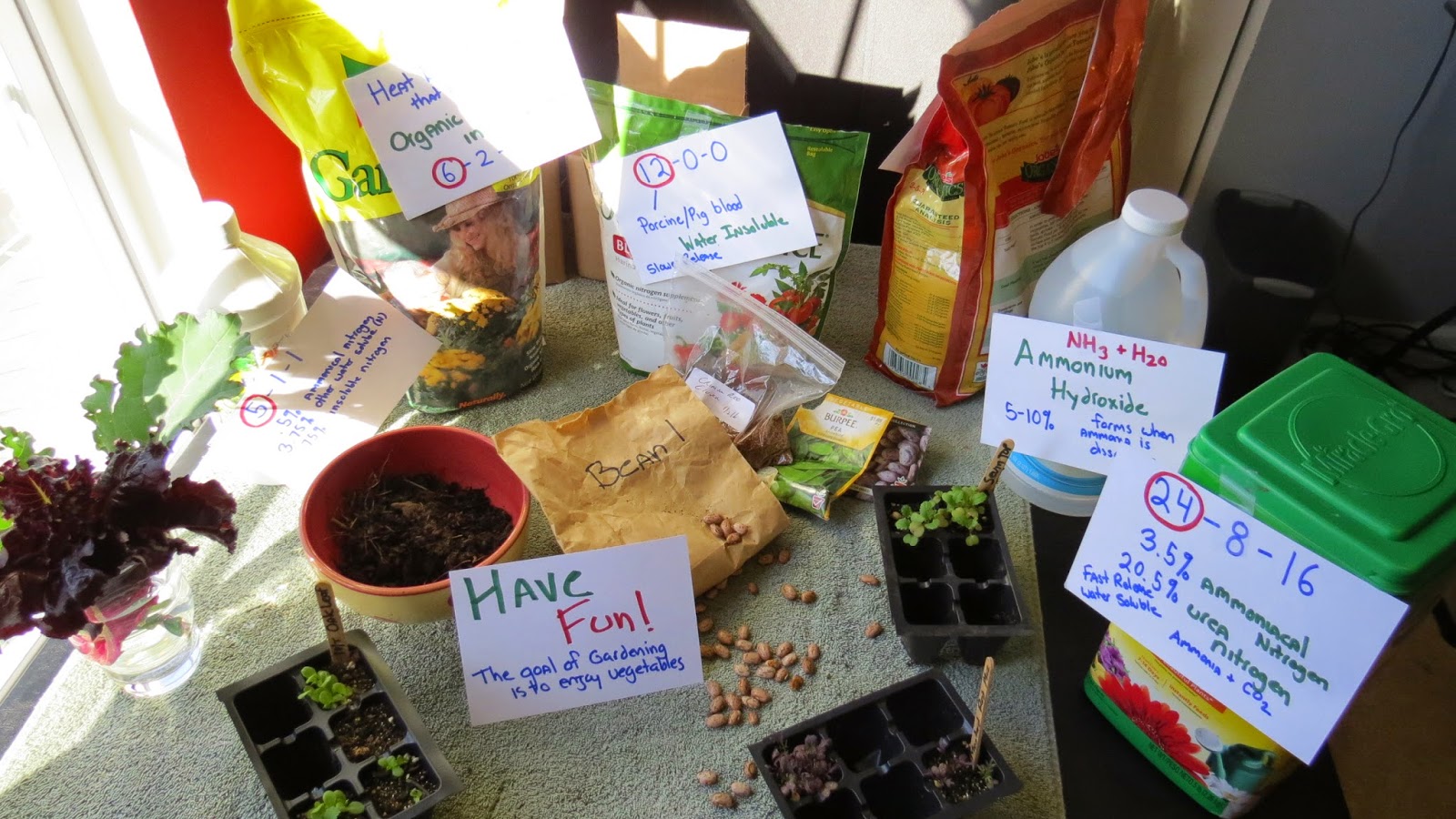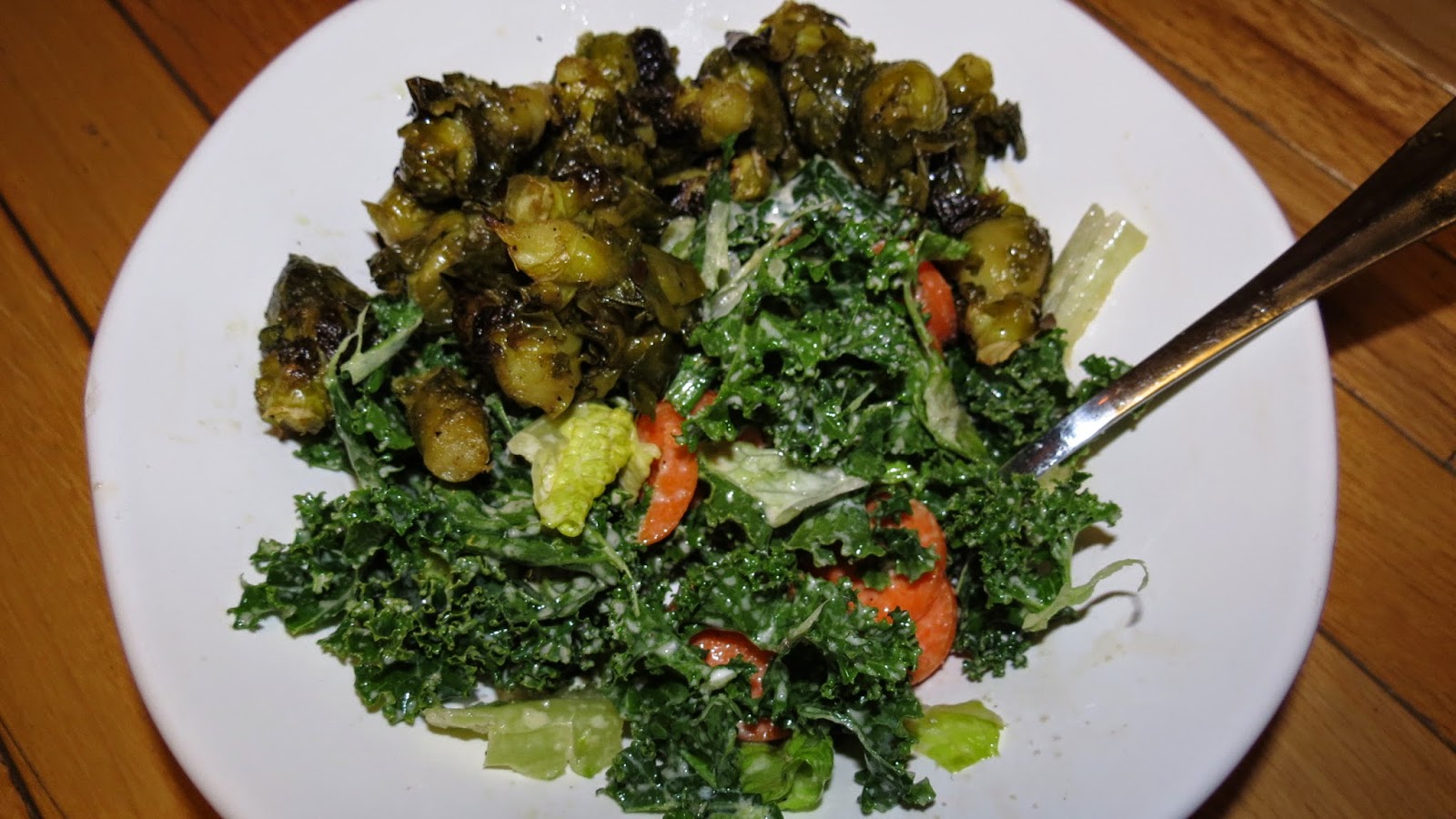Seed Starting Mixes, Vegetable Seed Flats & Cells and How to Water Vegetable Seed Starts
Seed Starting Mixes, Vegetable Seed Flats & Cells and How to Water Vegetable Seed Starts I will hold videos that show you step by step (Everything!) from seed starting to growing your plants to full size. If you are just learning about gardening, this would be a great channel to subscribe too! I will be making video of all my steps in 2015. This video talks about what type of vegetable seed starting mix to buy, seed cells and flats, how to prepare the mix and pack the cells and how and when to water your seeds starts. I will be making videos on every step needed to start your own seeds indoors. Planting and lighting videos are next.\ I started a new YouTube Channel that is associated with this G+ Community: Our Tomato and Vegetable Gardens . Is also linked to my G+ Page : The Rusted Garden G+ Page Join My New YouTube Channel Just for NEW Gardeners: My First Vegetable Garden Join My Google+ Community Our Tomato and Vegetable Gardens (5000+ Members!) 400+ HD Short and to Point...



